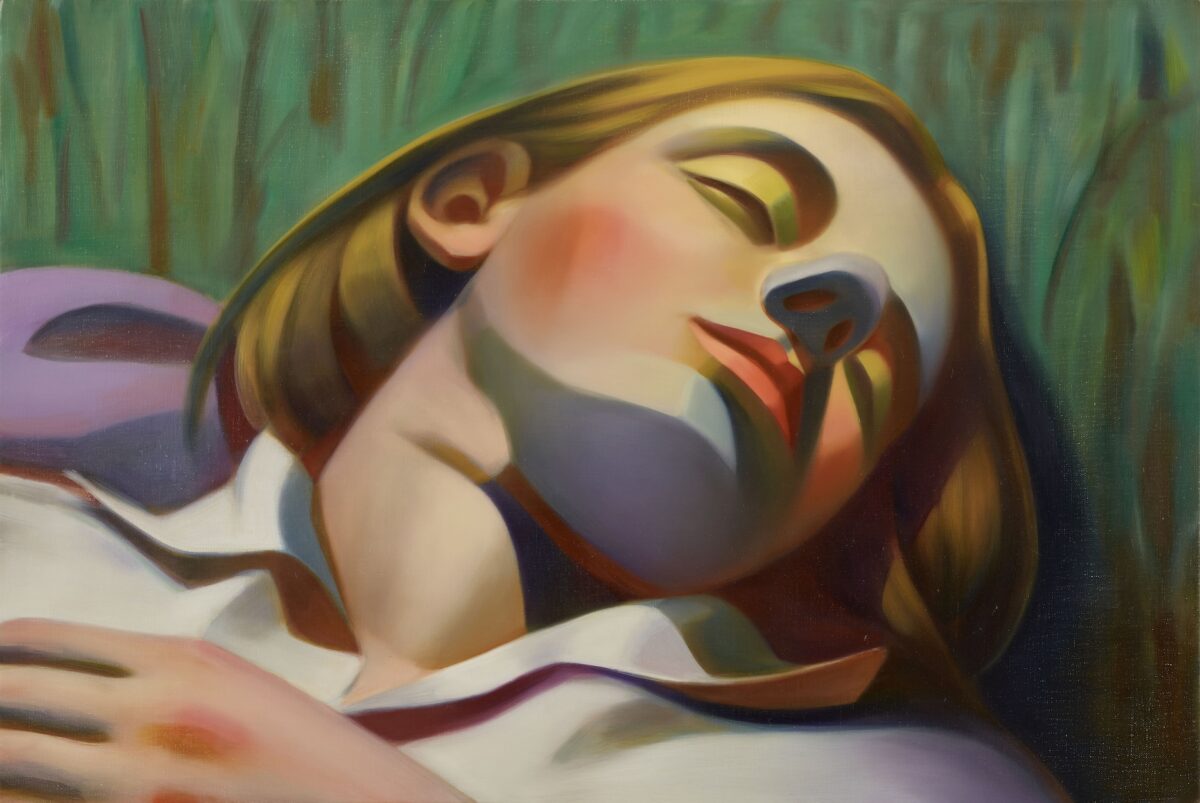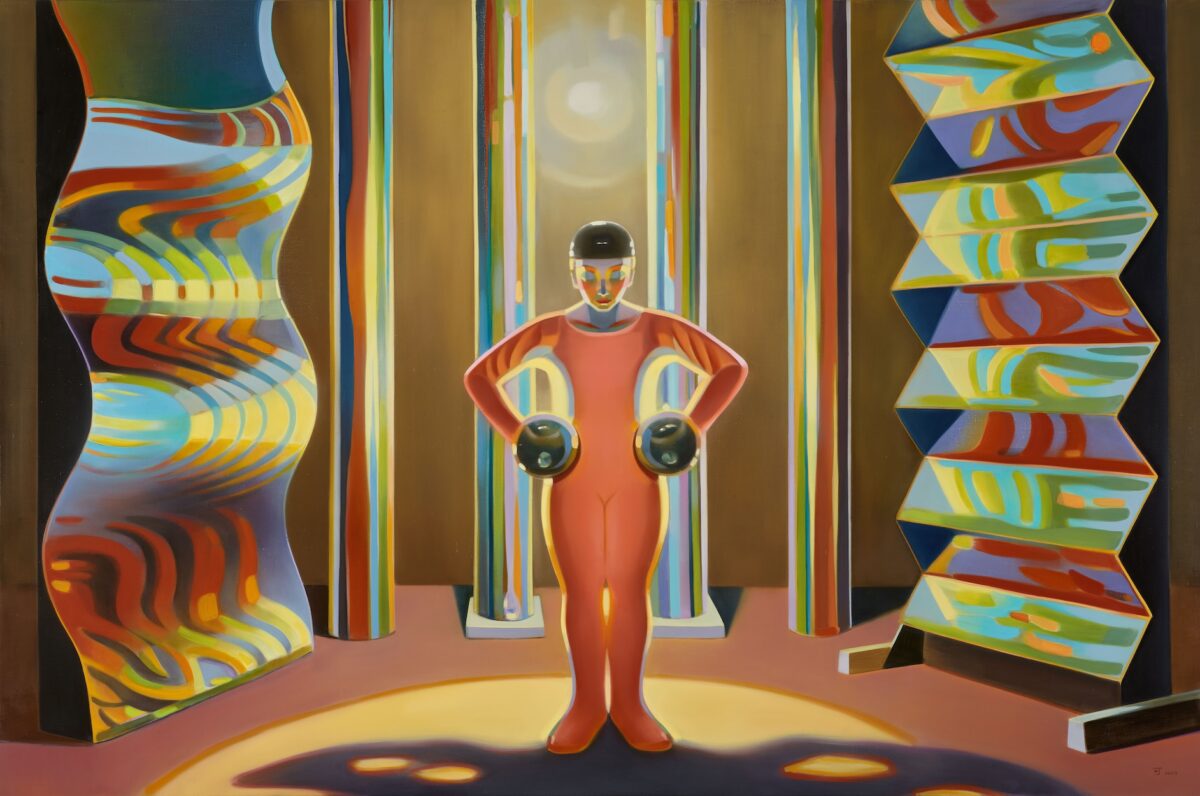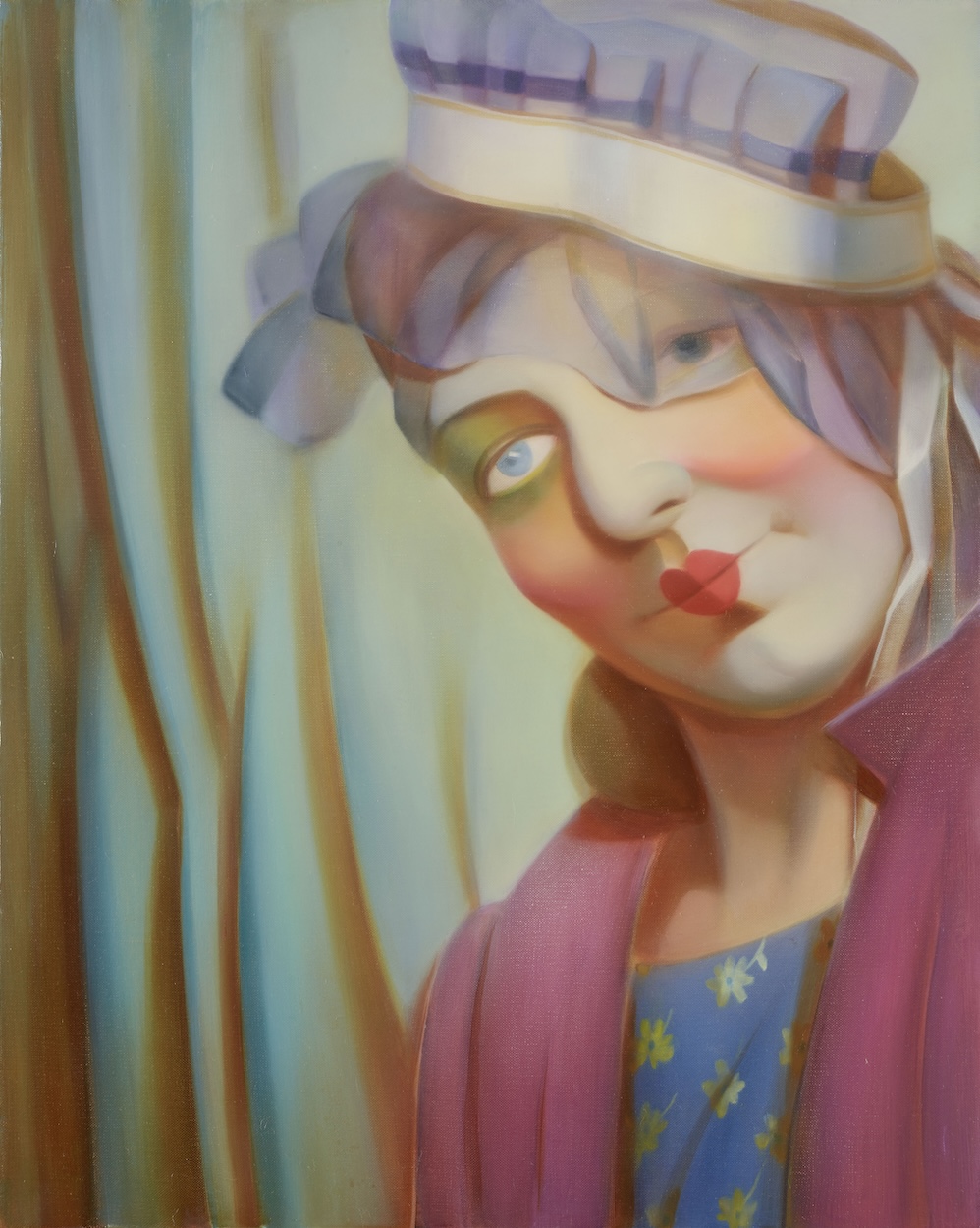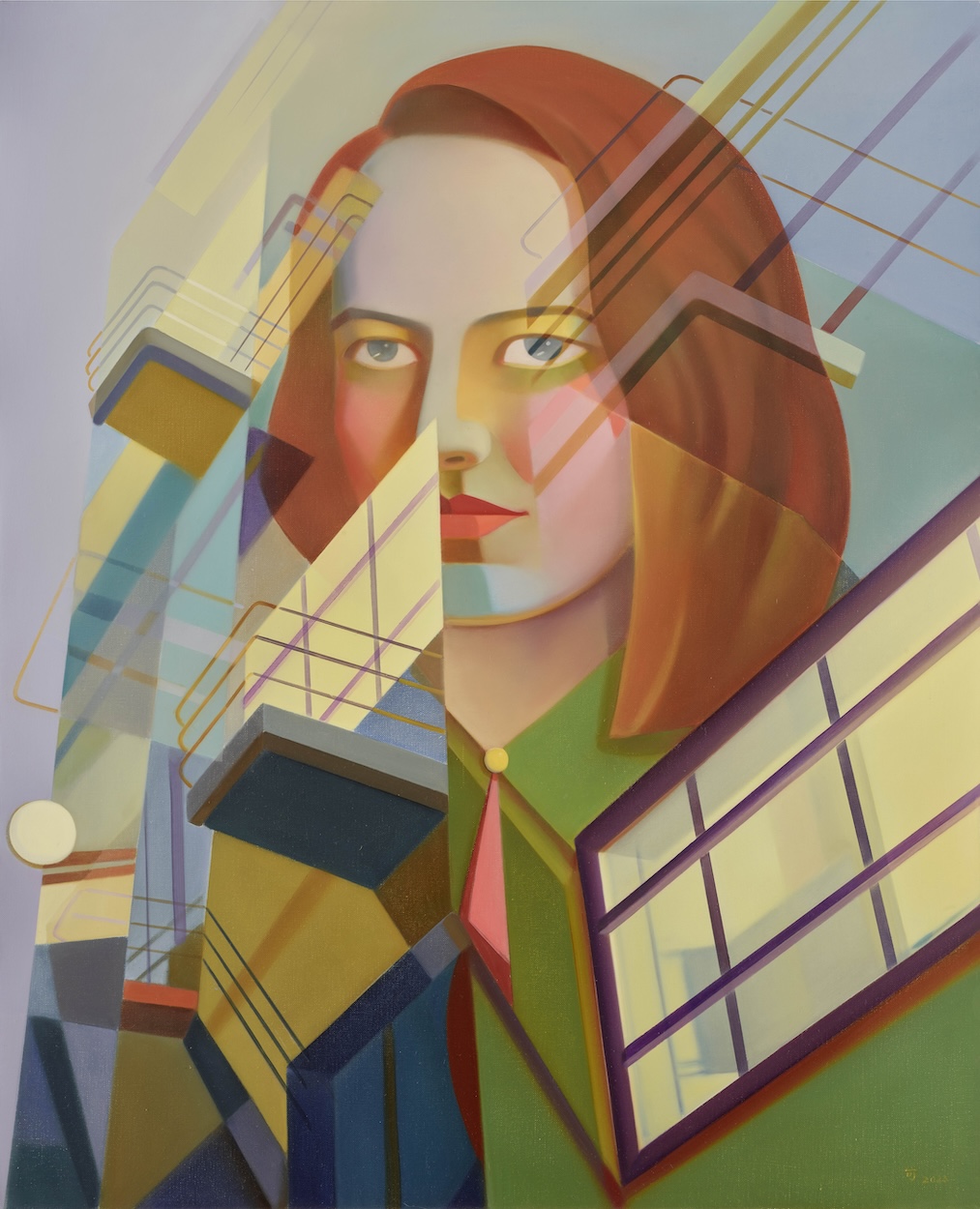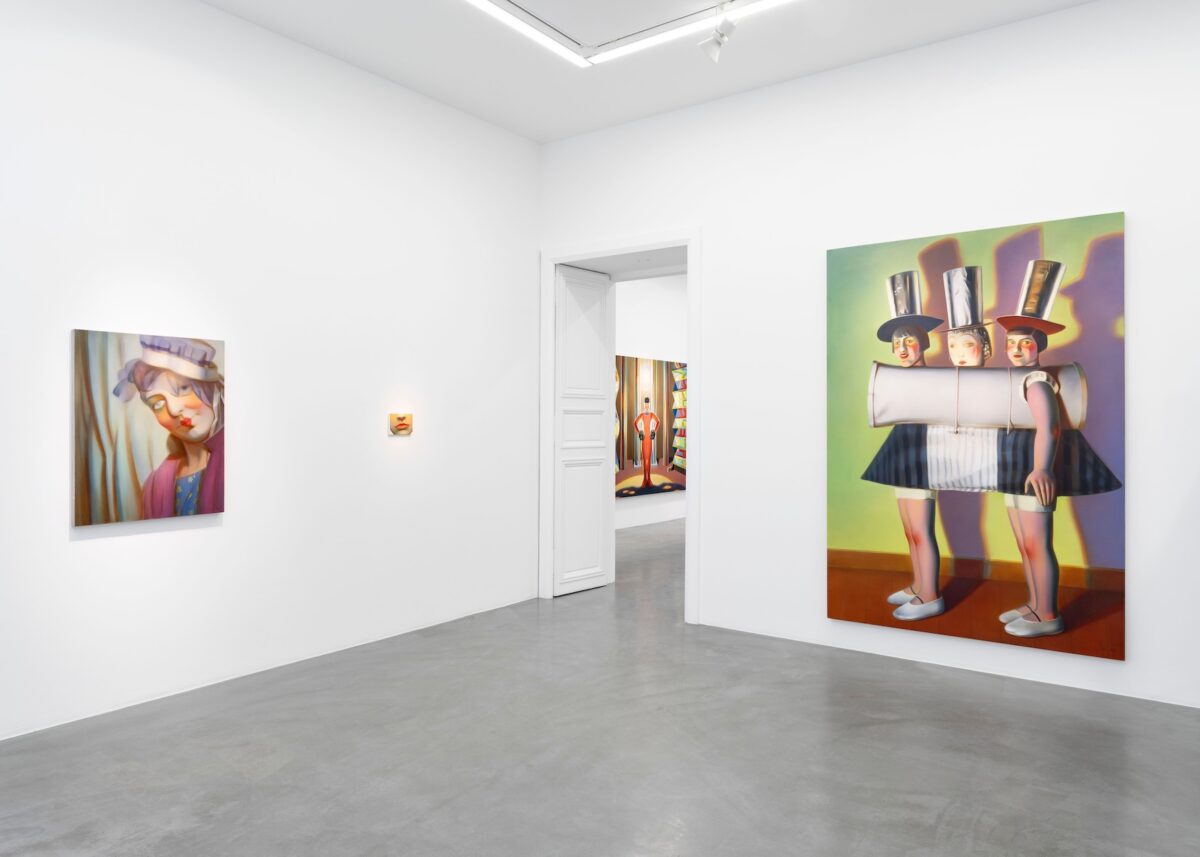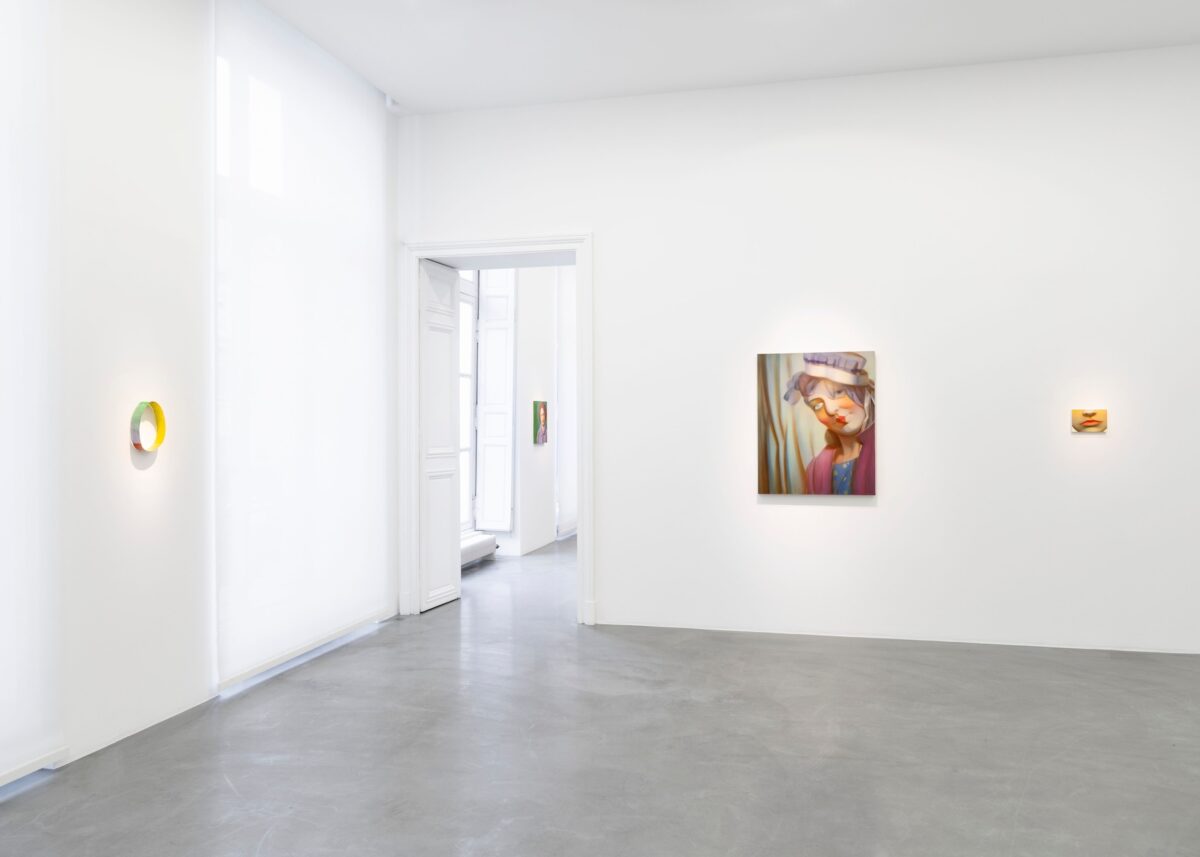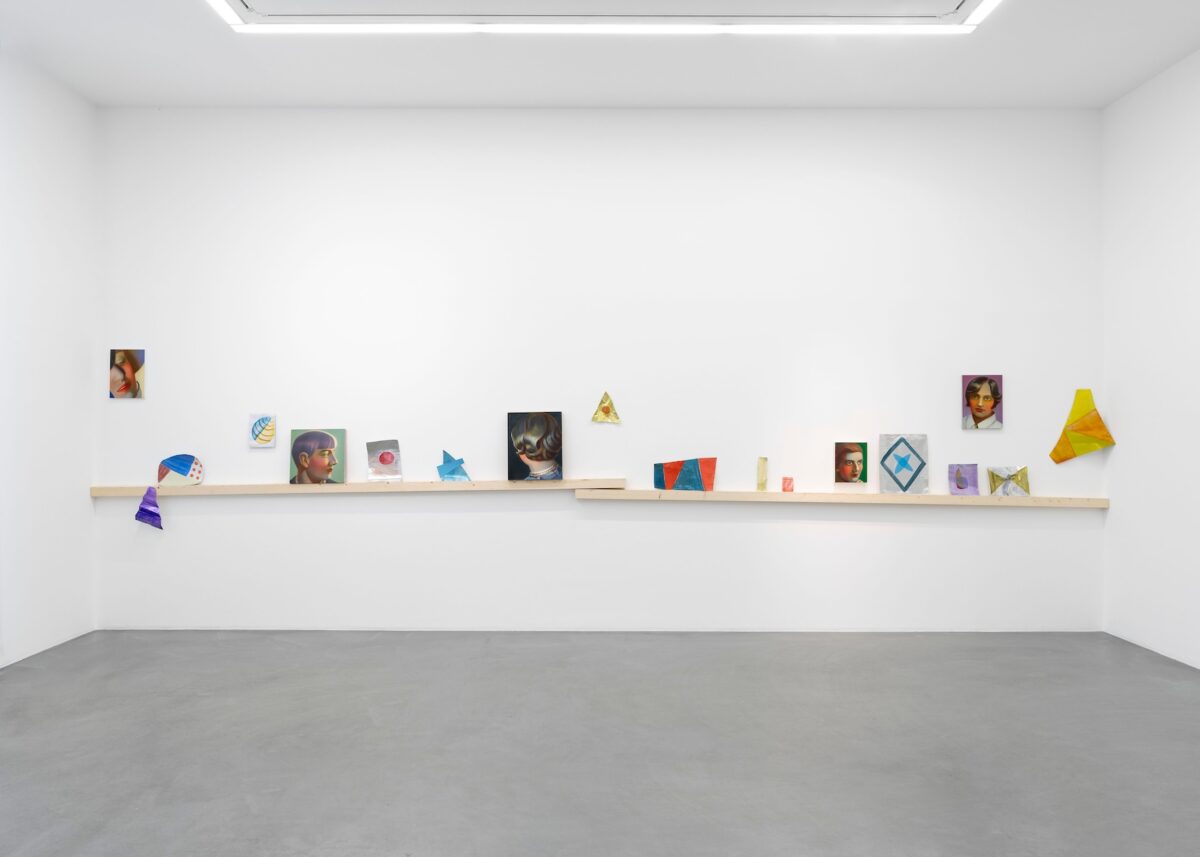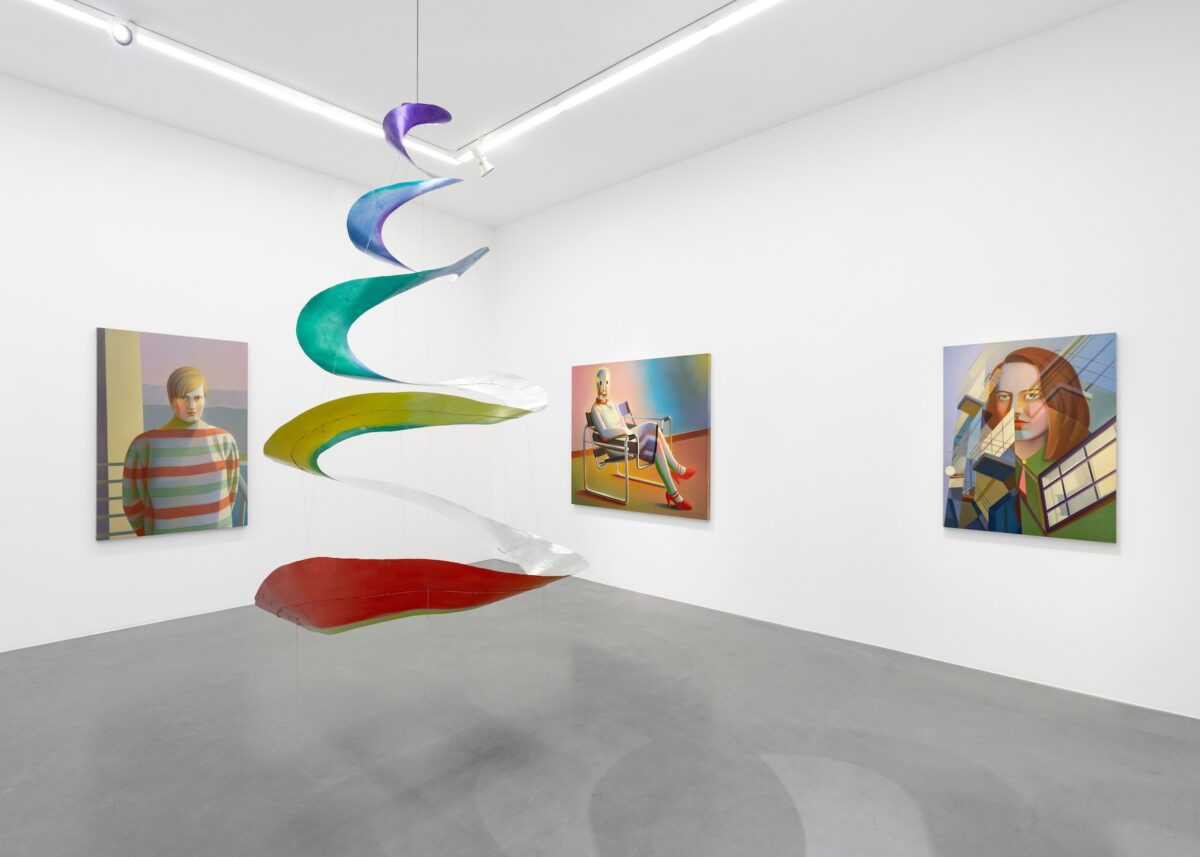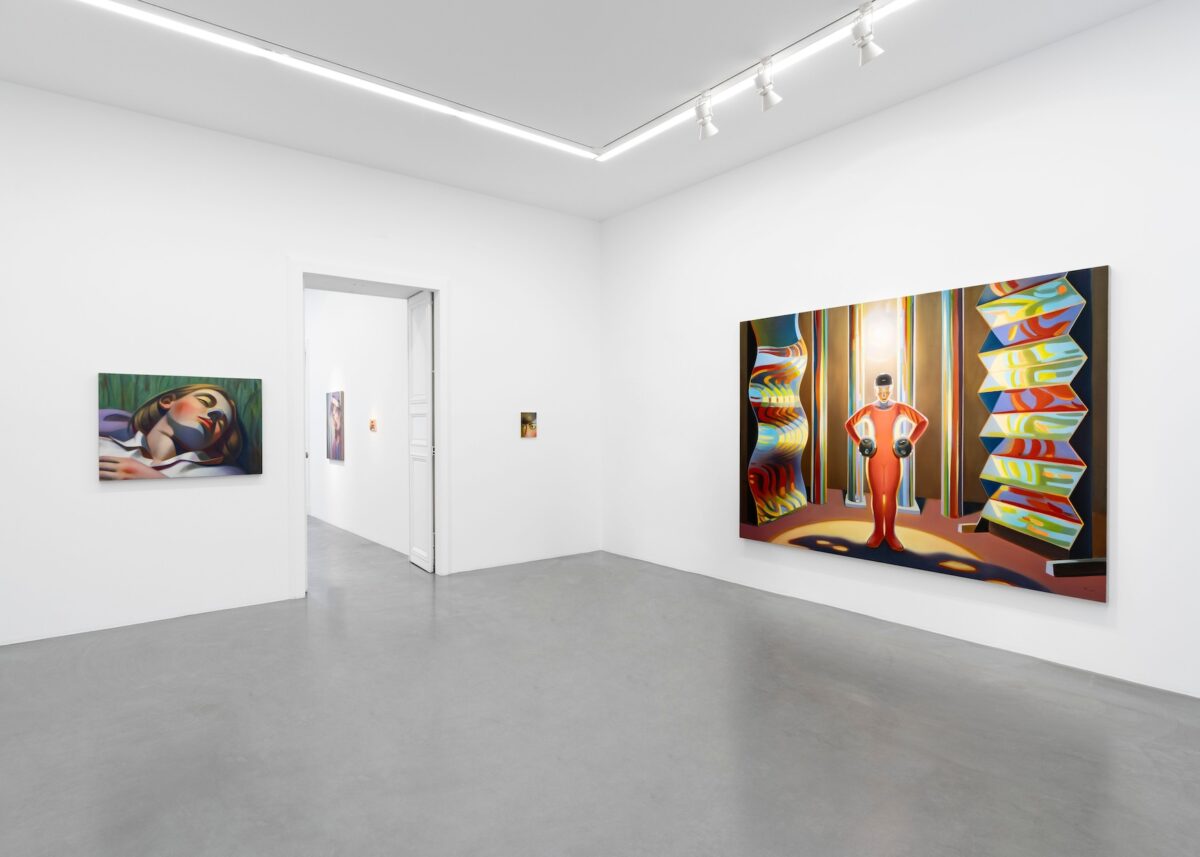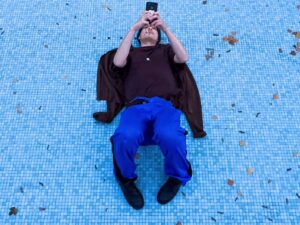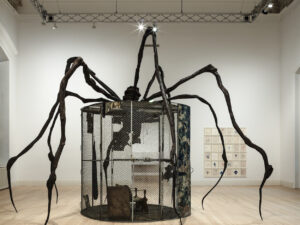From Surrealism to Bauhaus, Chinese Artist – Chen Ke is leaving her mark on the art world.
IN CONVERSATION WITH CHEN KE
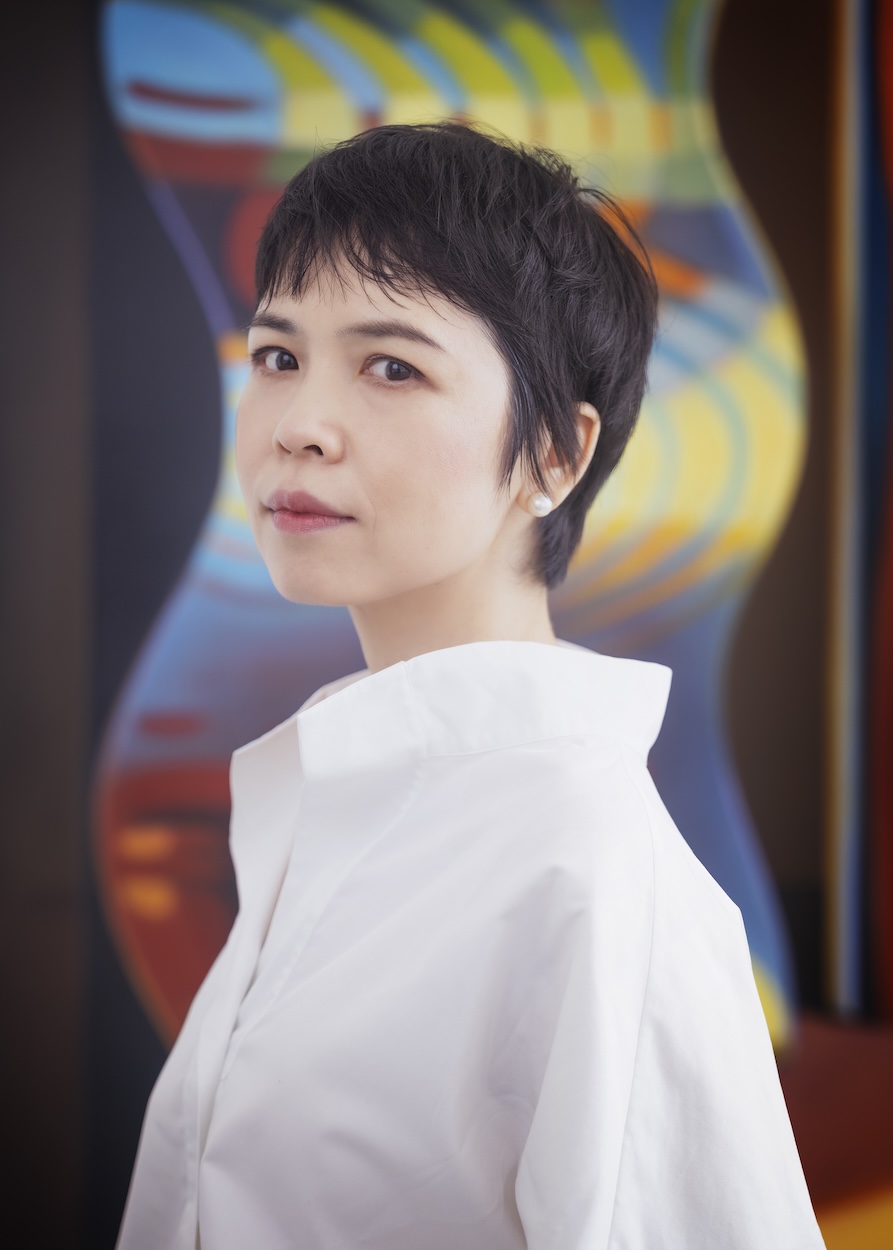
Your early work is known for its cartoon-like quality; what inspired you to create these images, and did your childhood play a role in your creativity?
I first painted those works while studying for my master’s degree at the Sichuan Academy of Fine Arts. I was searching for my artistic path when I came across Yoshitomo Nara’s works. They resonated deeply with me, and I realised this was precisely the expression I was looking for – a direct presentation of my inner state. To express my feelings and moods, I was inspired to use cartoon language, which is part of our popular visual culture and closely related to everyday life. Childhood played a vital role in my early creativity. Many of my works reflect my childhood, which I remember as a simple and precious time. They also reveal my inner reluctance to become an adult.
Your progression included painting real people like your father; how did your relationship with your father influence your art?
My father appeared in the series The Real Deal is Talking with Dad from 2018/19. When I was a child, my bedroom was also my father’s studio, and I could see his paintings when I opened my eyes in the morning. His art magazines were scattered throughout the house. This was the time when my artistic interest was sparked. I later moved to Beijing, and my elderly parents came to live with me. I soon realised that our relationship had become very delicate. Chinese parents tend to be more restrained when expressing their feelings towards their children. When we lived together, we seldom expressed our love directly, and there were a lot of misunderstandings and divisions. I came up with the idea of starting a project called “Talking with Dad” and invited my father to model for me in the studio. We ended up talking for a long time to keep him from falling asleep during the sittings. As we spoke, I gained insight into the values and insights of his generation. I also learned to listen to him instead of always offering advice. When the project ended, we returned to our busy routines, but it left an indelible trace on our lives.
Please tell us how the painter Helen Torr influenced your 2020 exhibition, The Anonymous Woman Artist.
When I saw the work of Helen Torr in an art catalogue, I was instantly moved by her art’s semi-abstract form and deep emotion. I was surprised that I had never heard of this extraordinary artist before. After further research, I discovered that she was the wife of the early American abstract painter Arthur Dove. Their work was similar because they collaborated closely and influenced each other. But although Dove championed her work, it was not as well accepted as his and never gathered as much attention. Torr spent much of her time caring for and assisting Dove out of love but did not create another piece after his death. The story saddened me and made me think about women, their place in art history, and the complexity of balancing careers and emotional life. So, I took an interest in abstract painting and decided to try it. In the 2020 exhibition, The Anonymous Woman Artist, I explored the fate of female artists in a group of semi-abstract works on irregularly shaped, thin steel sheets.
Your latest exhibition, Bauhaus Gal, focuses on portraits of young Bauhaus students and architectural photographs. What led you in this new direction and its unique colour palette?
The Bauhaus Gal series is based on a book of photographs of female students at the Bauhaus. Since I took photography in college, I was interested in black-and-white photography and was fascinated by the texture of the images. Even though they were photographed over a hundred years ago, their confident and courageous attitude is no different from the women of today. I started the Bauhaus Gal project, consisting of several exhibitions in different cities and spaces, out of this feeling or a desire to be as brave as they were. The first in the series was the Bauhaus Gal – Room at Gallery Perrotin Shanghai in 2021. It focused on women finding their place in society. Bauhaus Gal – Theatre, which opens at Gallery Perrotin Paris this October, is the second in the series. It expresses my conflicted feelings concerning the dramatic changes in domestic and international affairs over the past few years and the gap between human rationality and the real world.
How do you think your work has evolved, and how does Chinese and Western culture factor into this?
The most significant change in my works over the years is the transition from surreal comic-style works based on personal experiences to paintings and installations based on photographic sources. However, whether I tell my own story or play a role in someone else’s, my goal is to convey my experience and depict the world through my own eyes, like refracting the universe through a drop of water. The influence of Chinese culture comes mainly from my childhood. When I was young, I practised calligraphy with a brush and memorised Tang poems as part of my traditional Chinese homeschooling. In college, I was exposed to Western art, which had a profound impact on me. Outside school, I loved Japanese literature, movies, and Indian philosophy.
You have also worked with fashion brands like Fendi and Vogue FNO; how do you see the crossover between art and fashion?
I don’t think there is a clear boundary between design and art. Like the Bauhaus teaching system, art and design are the same, and many designers create works that showcase their unique temperament and attitude. Similarly, many great artists like Matisse and Dali have produced great design work. A successful collaboration between art and design should be mutually compatible and complementary.
Tell us about your studio and your daily routine. Do you like listening to music, or do you prefer working in silence?
My life tends to be quite simple. I drop my child off at school in the morning before heading to the studio to work. In the evenings, I head back home for dinner and occasionally go out to exercise or socialise with friends. Whether or not I listen to music in the studio and the kind of music depends on the nature of my work. I enjoy listening to a wide range of genres, from classical to pop, rock, and electronic. Sometimes, I need upbeat music to help me get into a certain mood, while other times, I need calming music to relax. And occasionally, I prefer to work in complete silence.
How long does it take to produce a painting?
This depends on the size of the painting and how well it goes. It could take anything from two weeks to a few months. Sometimes, I cannot continue with a piece and must put it aside for a while. After several months or even a year, I may go back to it when it makes sense again.
As the art world evolves, could technology or film play a role in your future works?
I might use these mediums if they suit a particular piece, but they must be created with a team that understands the technology.
Interview Clare Langhammer
Picture courtesy of Perrotin
